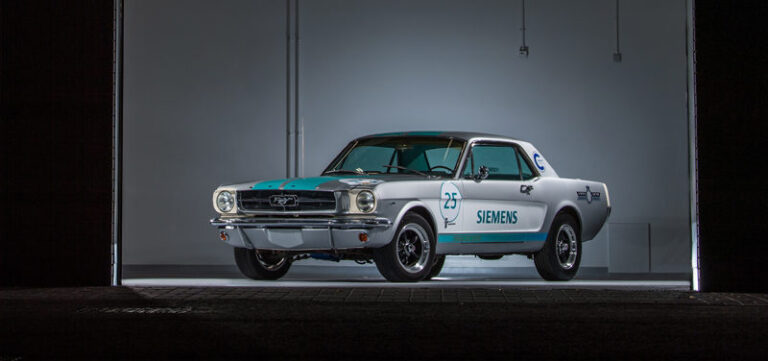Last week’s Goodwood Festival of Speed featured two AV demos: Roborace’s Robocar was the first driverless car to complete the famous Hillclimb; and Cranfield University fielded a 1965 Ford Mustang converted to – sometimes – drive itself with Siemens technology.
Roborace is planned as a support series for Formula E, where teams will use the same hardware – an Nvidia Drive PX2 computer, lidar, radar, GPS, ultrasonic and camera sensors – in combination with their own algorithms and AI to develop an autonomous race car.
The Robocar drove up the hill relatively smoothly at a speed that, though not quite race pace, demonstrated the capabilities of current AVs. Watch its run here.
Cranfield University’s Mustang AV was an altogether less serious project, developed by students in just a couple of months. The starting point was a 1965 Mustang – hardly the ideal base vehicle for an AV – which was fitted with actuators for the steering, throttle and brakes. It used mainly GPS and a 3D scan of the track to navigate the hill climb course.
It made its way up the hill a lot more slowly and erratically, requiring several interventions and almost nudging a hay bale as a hydraulic line for the steering burst (a part unrelated to the autonomous hardware) on its first run.
Later runs were more successful, but while this was certainly an eye-catching initiative that raises public awareness for AVs, one can question how much good it does for the public perception of AVs.
By Illya Verpraet


